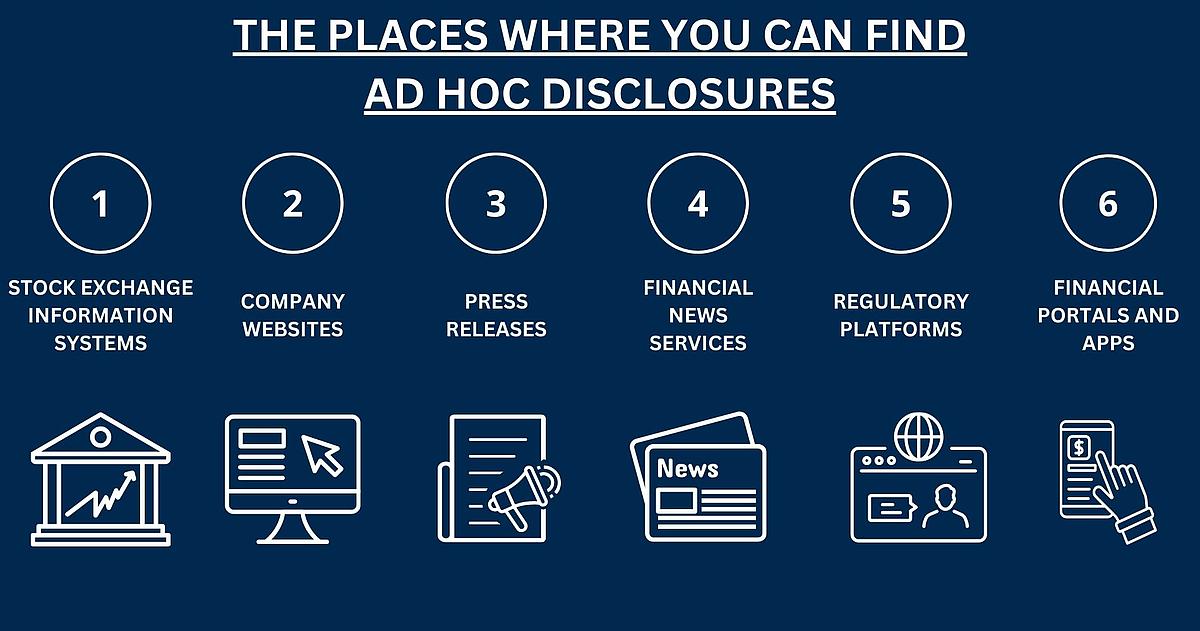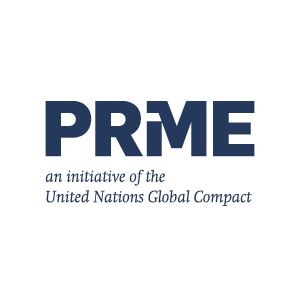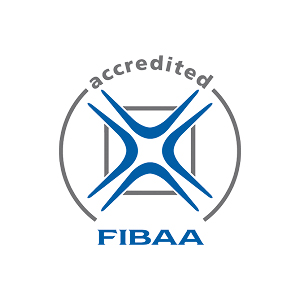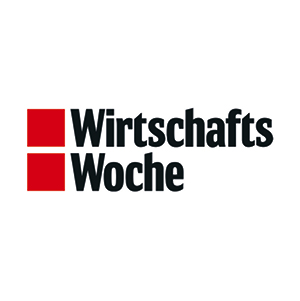Ad hoc Disclosure: Significance for the Financial World
Ad hoc Disclosures are of central importance to the financial world for several reasons:
- Transparency and trust: Ad hoc disclosures contribute significantly to transparency in the financial markets. By publishing material information immediately, companies create confidence among investors and other market participants. Transparency prevents certain groups of investors from receiving preferential treatment and thus promotes a fair and transparent market.
- Investor protection: By publishing price-sensitive information without delay, all investors receive the same information at the same time. This protects investors from unequal distribution of information and reduces the risk of insider trading, where some market participants could gain an advantage from confidential information.
- Market integrity: Ad hoc disclosures ensure the integrity of the financial markets. They prevent market manipulation and ensure that the prices of securities reflect the actual economic situation of companies. This increases the efficiency of the markets, as prices are based on complete and accurate information.
- Regulatory requirements: In many countries, ad hoc disclosures are required by law. For example, in the European Union through the Market Abuse Regulation (MAR). Compliance with these regulations is mandatory for listed companies in order to avoid legal consequences and possible penalties.
- Information efficiency: Ad hoc disclosures ensure that important information is disseminated quickly and efficiently. This enables investors to make informed decisions based on up-to-date and comprehensive information.
- Reputation and Corporate Management: Companies that publish ad hoc disclosures consistently and correctly can strengthen their reputation. Good Corporate Management (Corporate Governance) includes compliance with disclosure requirements and contributes to the positive perception of the company.
Examples of price-sensitive information that could be contained in Ad hoc Disclosures:
- Unexpected profit warnings or increases
- Mergers, acquisitions or significant partnerships
- Changes in senior management or board members
- Significant changes in business strategy
- Important legal disputes or regulatory developments
Overall, Ad hoc Disclosures are an indispensable tool for the functioning and stability of the financial markets by ensuring transparency, fairness and integrity.
























